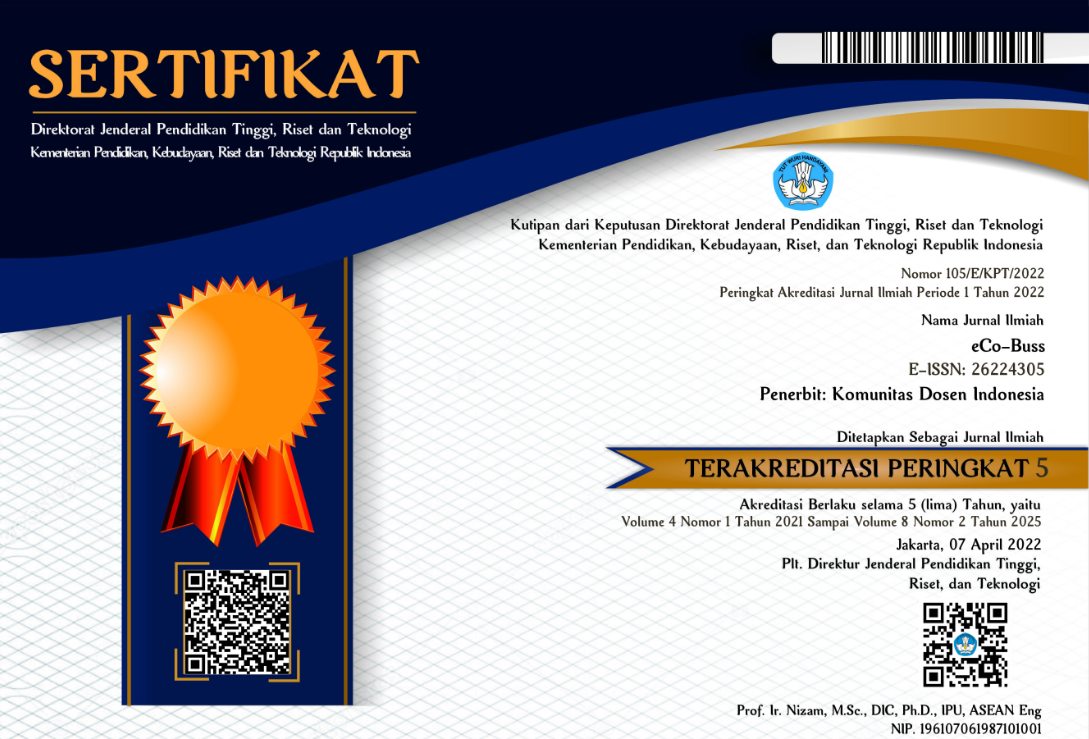Peningkatan Volume Penjualan Produk Otomodified Ditinjau Dari Penerapan Strategi Pemasaran: Harga, Produk, Tempat, Promosi
DOI:
https://doi.org/10.32877/eb.v4i2.278
Keywords:
Marketing Strategy, Sales Volume, Price, Promotion, Place, Product
Abstract
Marketing strategy is an important part in increasing the sales volume of a product. A special strategy is needed for marketing so that the Automodified business can achieve the expected target. The purpose of this study is to determine the extent to which the implementation of marketing strategies that have been carried out by the company in an effort to increase the company's income. The research method used is descriptive qualitative with data sources taken from informant data by random sampling. Data collection techniques were carried out through distributing questionnaires and direct interviews with informants. There were 30 selected informants, dominated by male informants. The results of the study conclude that the Otomodified business has implemented a good marketing strategy, both product strategy, price strategy, promotion strategy, and place strategy. From the four strategies, it is evident that the price strategy was chosen by the informants because the prices given are very competitive in the market. The company's sales volume is proven to have increased because the price factor is more dominantly influential. Other factors, namely promotion, place and product also have an influence on the increase in company sales but not significantly






 DOI :
DOI :
 Abstract views: 299
/
Abstract views: 299
/  PDF downloads: 289
PDF downloads: 289

